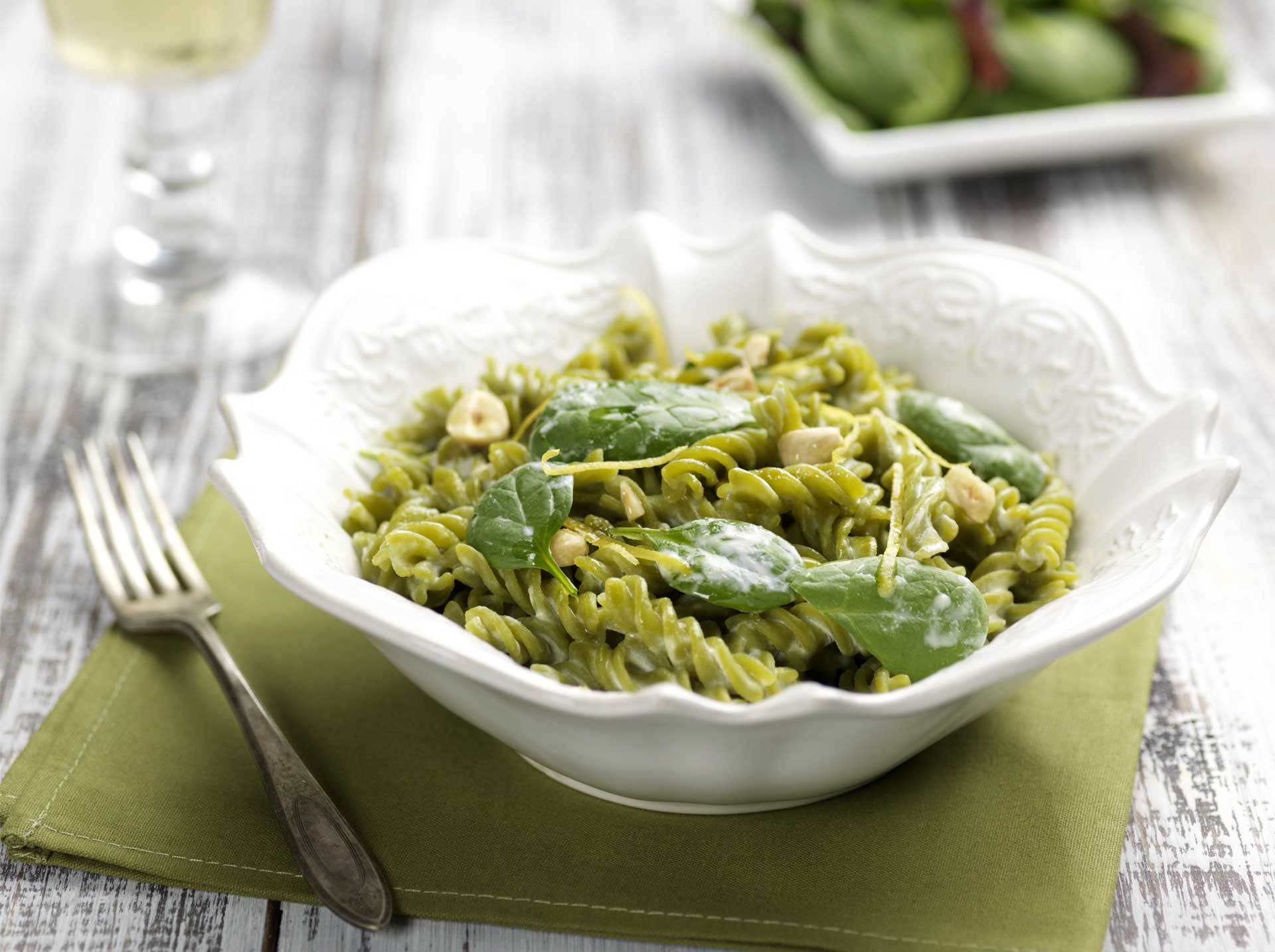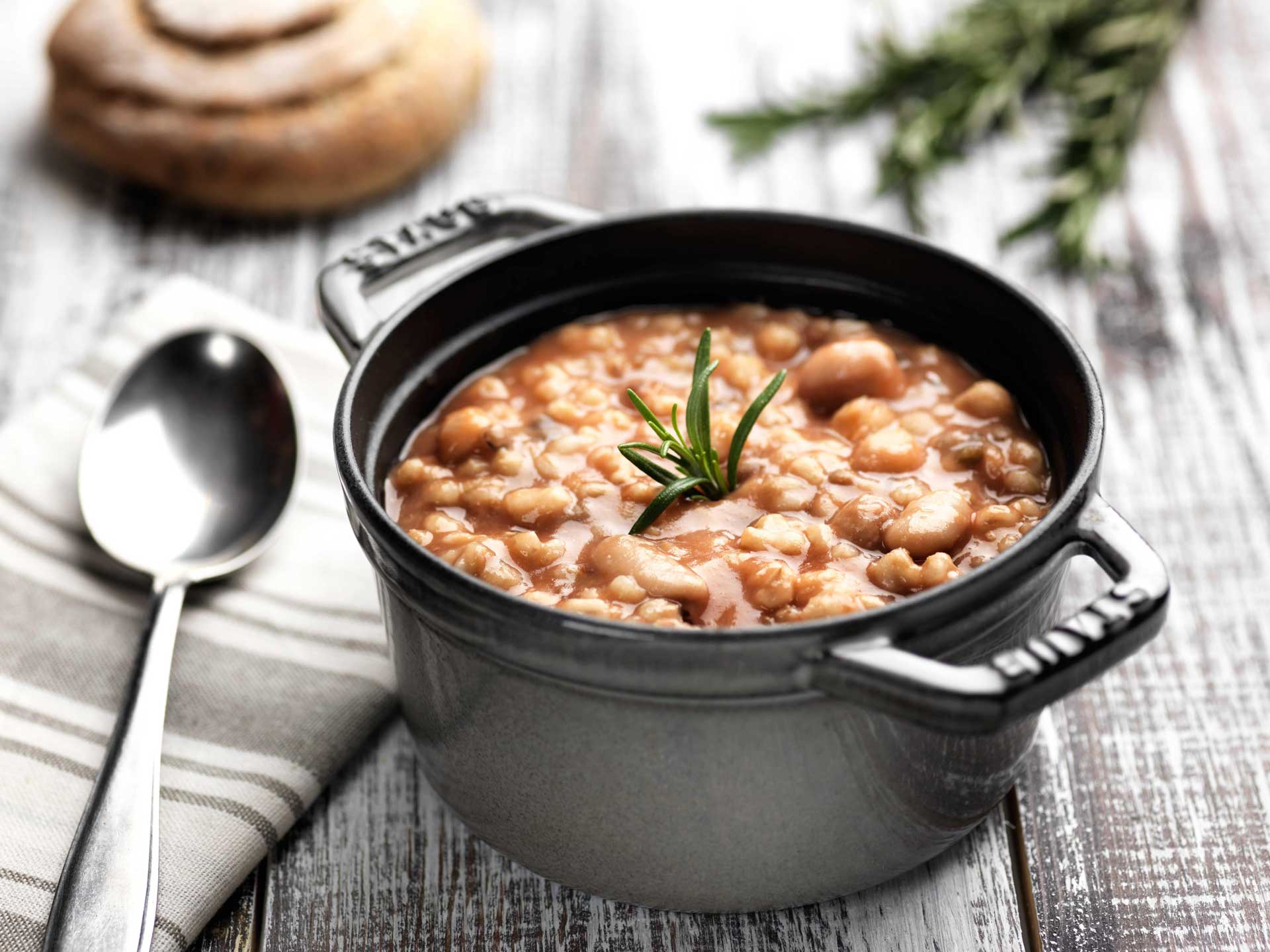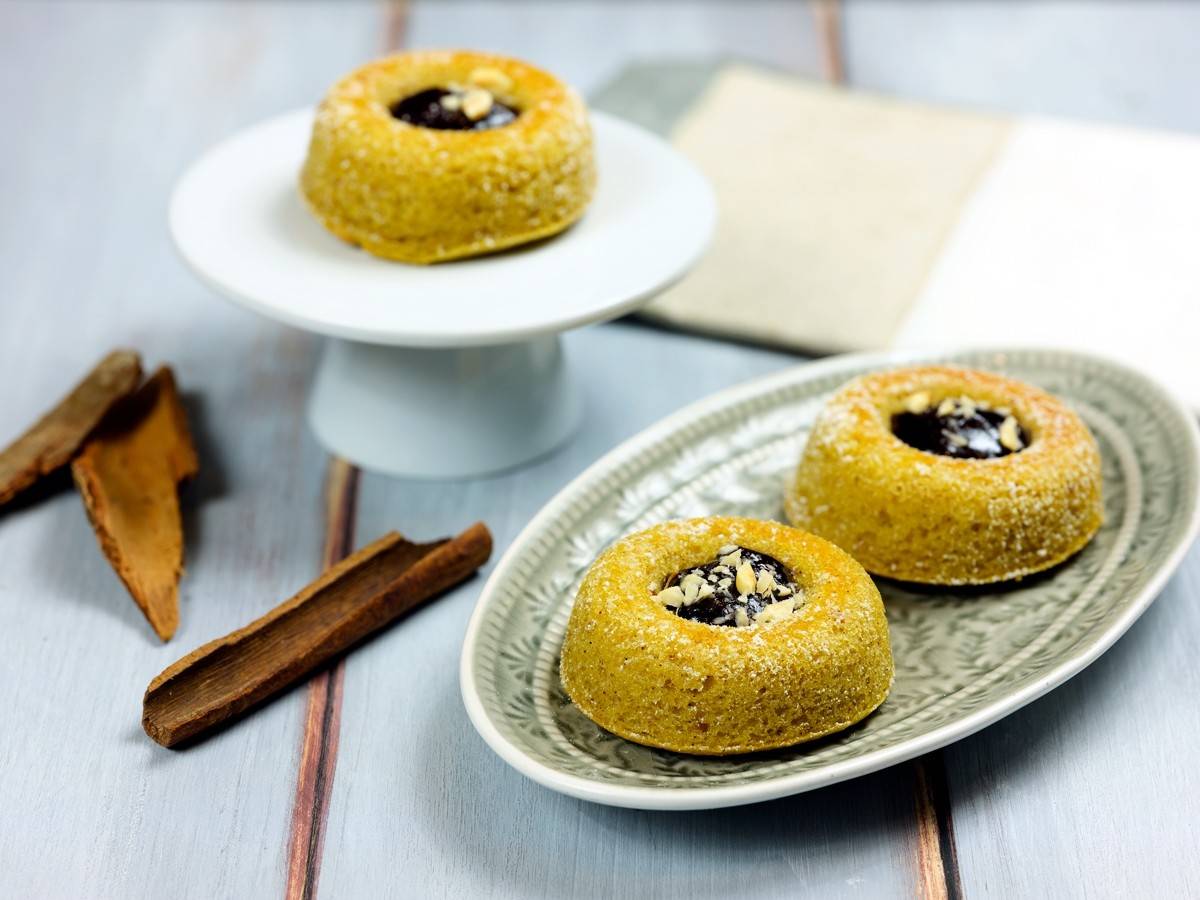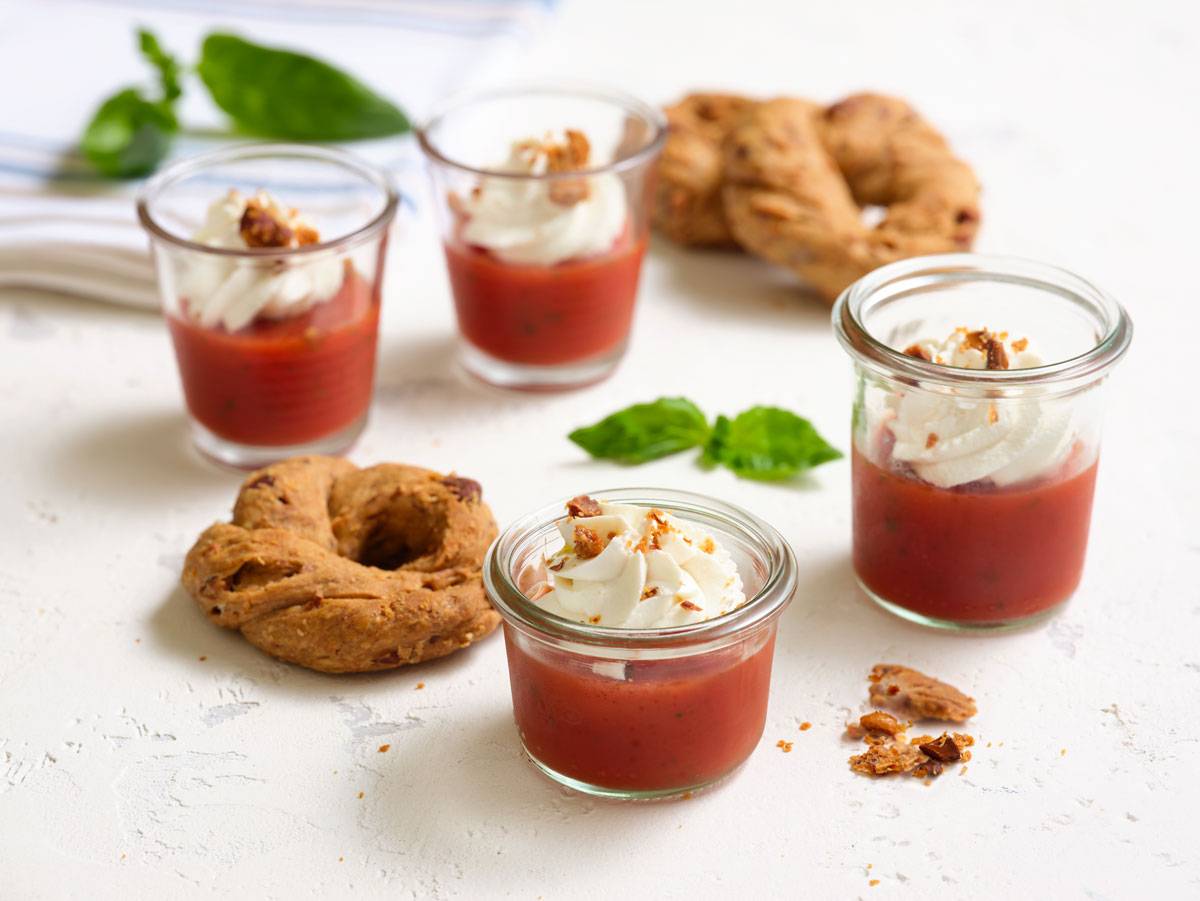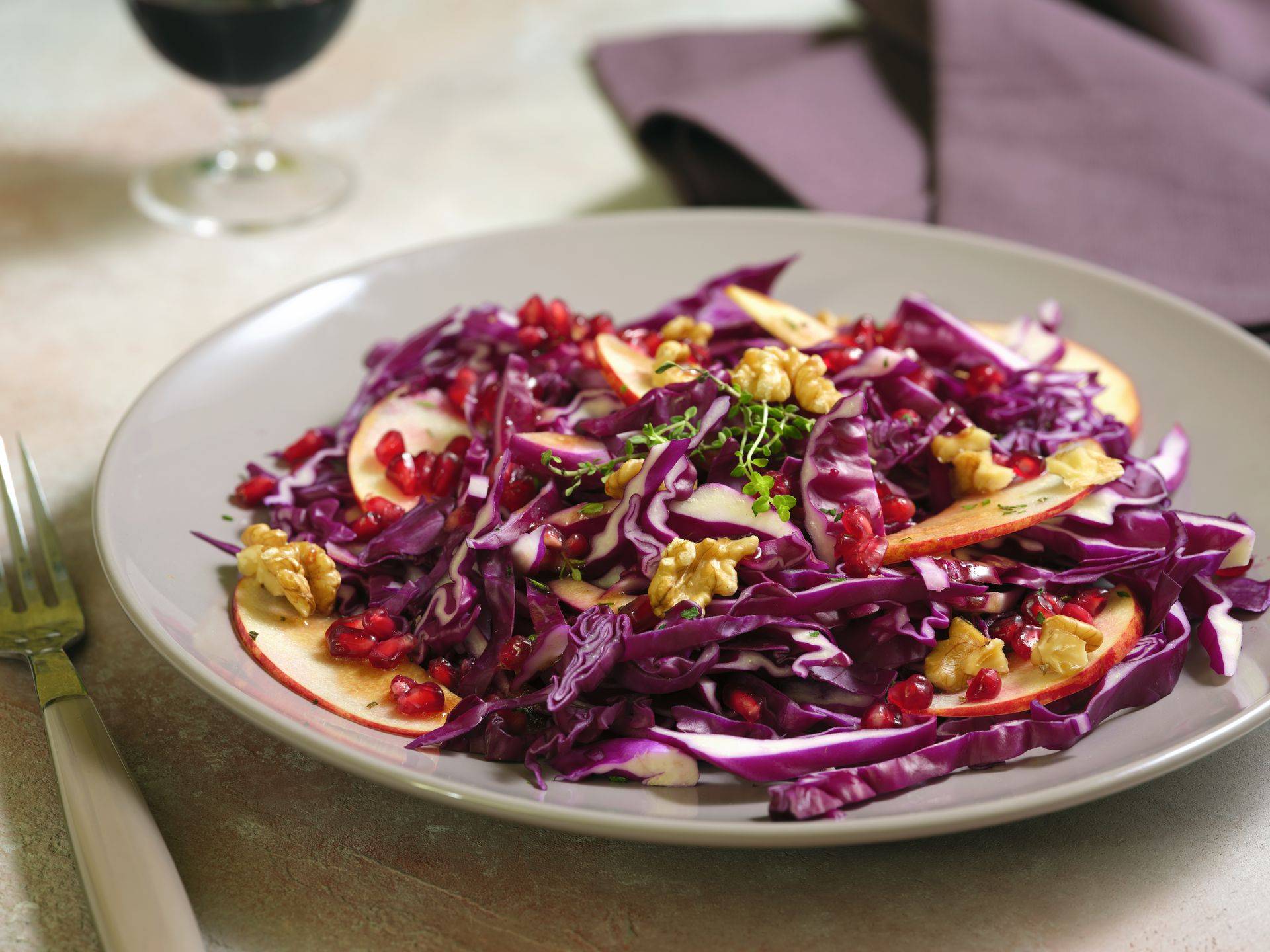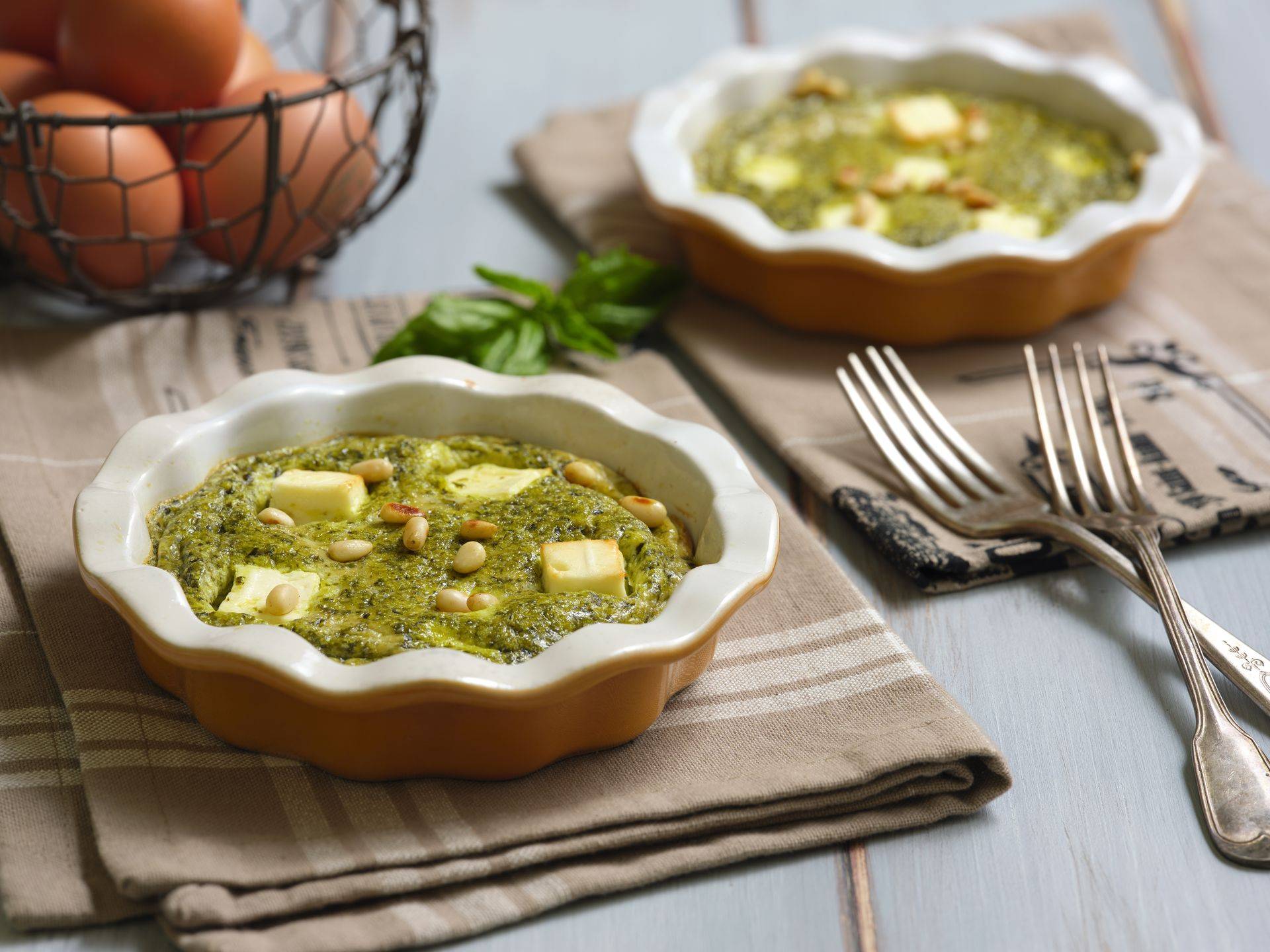.png)
How honey is made: procedure and properties
The variety of crops and the Mediterranean climate of our Earth, give life to what has been defined over the years the real gold of nutrition: organic honey. How honey is made, its ancient history and its millennial production have always settled in the Italian culinary tradition and not only. Honey, however, is always accompanied by a certain charm that characterizes and distinguishes it, making it unique, genuine and natural. But how do you produce the nectar that today is the undisputed king of the kitchen?
How honey is produced
Honey harvesting, which for many may seem like a difficult or at least challenging activity, is really nothing more than the end of a production process entirely carried out by the bees themselves. The honey of the bees is the result of a collection of nectar born from flowers that are specially chosen. The process is precise and meticulous: from flower to flower the bees suck the nectar storing it in a specific cavity that allows this to be added to the enzymes. After this first step an internal transition takes place that leads the bees to store the liquid in special cells. The transformation of this substance to biological honey takes place through a specific mutation: the nectar is stored and maintained at a precise temperature with a ventilation that guarantees the water to evaporate. Inevitably honey becomes less liquid, sweeter and more durable over time. Understanding how bees make honey, serves to guess first of all the work that is hidden behind one of the most beloved foods by Italians and not only, but above all it makes us aware of the process that precedes what we now consider the indispensable element of our kitchen.
How to make honey steps
The breeding of bees is often supervised by a specific operator specialized in the sector. This specialist does not just collect honey but protect bees. Bees produce much more honey than the necessary reason why the beekeeper picks up the excess honey by offering them a home and the necessary care to these colonies. Organic honey is harvested when it is considered ripe. Clearly there is no specific and canonical moment for the collection of honey. Each depends on the type of flower from which the bees get the nectar and the locations where the organic honey is produced. In some circumstances one has often wondered how to make honey at home. Here, if you have the opportunity to produce it by hand, it is important to ensure constant and complete protection for both bees and beekeepers.
How is honey born
The appearance of bees is traced back many years, but the real encounter between these animals and man occurs in ancient Egypt when the first form of nomadic beekeeping develops. In ancient Egypt, in fact, those that today we can identify as ancestors of beekeepers, moved along the river to follow in a natural way the blooms and the displacement of bees. The precious honey and its properties already recognized at the time, made it perfect for the highest castes. A valuable food and reserved for a few. Over time, honey has also become important in religious rituals, mummification and medicine. Its use has taken on a different character according to the civilizations that used it. Sumerians, for example, used it for cosmetic purposes and began to resort to it even inside the kitchen. Many civilizations, for a long time, believed that honey came from heaven and that bees only collected it. Nevertheless, its production process and its high quality have allowed men to use it in cooking, medicine, cosmetics and many other fields.
All the properties of honey
Everyone knows roughly how honey is produced by bees and everyone appreciates its benefits and properties. The properties of what we can undoubtedly consider the gold of bees, are known since ancient times and have guaranteed the honey to be used for millennia. Anti-inflammatory, decongestant, moisturizing and protective for the skin against atmospheric agents such as wind and smog, is perhaps today one of the most versatile foods. Honey in the kitchen We tend to think of honey as a simple sweetener. Its capabilities make it perfect for cooking, for cosmetics and transform what for years we have considered the grandmother’s remedy, in an excellent ally for medicine. In the kitchen, specifically, especially in recent years, we have tried to experiment with classic and traditional dishes, making them increasingly natural and organic through honey. The use of honey, especially in cooking, has grown exponentially. Although its culinary use has its roots in antiquity, honey has become the undisputed protagonist in recent years. Through honey it is possible to indulge in cooking and create real sauces intense and soft designed to season vegetables, fish meat or accompany cheese. The most unlikely and risky pairings, instead, become possible with honey. The contrast with the sweetness of the nectar of the bees allows it to accompany various dishes ranging from aperitif to dessert. It is possible for happy hour lovers to create cocktails using honey. It is also possible to enrich the cheese boards that accompany the aperitif. Honey generates a flavored sauce that, for lovers of new flavors, is perfect for first courses, original and unique. It is not uncommon to see honey as a condiment for vegetables and meat or fish dishes until you get to the usual use within the dessert. Organic honey cakes and biscuits are a prime example. It really lends itself to all honey and, if well used, becomes the added value and natural that characterizes the dish itself.
Clearly then each type of honey is combined specifically to a dish:
- acacia organic honey is delicate in both taste and colour, perfect for sweet and savoury dishes;
- organic wildflower honey, on the other hand, has a variable colour and, like the previous one, is suitable for any type of recipe;
- organic chestnut honey has a more intense and dark colour and is ideal for soft cheese and toast.
Organic honey, produced in Italy, is really designed for every palate. It respects all the principles of healthy eating, the one that protects people and the environment by bringing to the table the best of Italian cuisine. We just have to choose how to use it from breakfast to dinner, taking advantage of its versatility. The important thing is to always make the right supply of organic food! The secrets of food that over the years has become the undisputed star of the kitchen. All the properties and secrets of honey.
